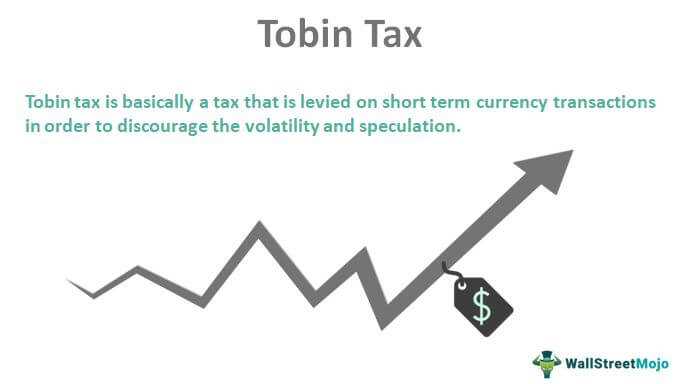Mechanism of Tobin Tax
The mechanism of the Tobin Tax involves levying a small tax on every foreign exchange transaction. The tax rate is typically very low, ranging from 0.1% to 1% of the transaction value. The idea behind the tax is to discourage short-term speculative trading and promote long-term investment.
When a foreign exchange transaction occurs, the tax is automatically deducted from the transaction amount. The collected tax revenue can then be used for various purposes, such as funding development projects, addressing income inequality, or stabilizing financial markets.
The implementation of the Tobin Tax requires cooperation between countries, as it is most effective when applied globally. However, it has faced challenges in gaining widespread support due to concerns about its impact on financial markets and the potential for capital flight.
Advantages of Tobin Tax

Proponents of the Tobin Tax argue that it can help reduce currency speculation, which can lead to excessive volatility in exchange rates. By discouraging short-term speculative trading, the tax can promote more stable and predictable exchange rates, benefiting businesses and investors.
Furthermore, the tax can generate significant revenue, which can be used to fund public projects or address social and economic issues. This can help governments reduce budget deficits, invest in infrastructure, or provide social welfare programs.
Disadvantages of Tobin Tax
Opponents of the Tobin Tax argue that it can have unintended consequences and may not effectively achieve its intended goals. They claim that the tax can lead to reduced liquidity in financial markets, making it more difficult for businesses to access capital and manage currency risks.
Additionally, the implementation of the tax may be complex and costly, requiring significant administrative and technological infrastructure. There are also concerns about the potential for tax evasion and the need for international cooperation to enforce the tax effectively.
| Advantages | Disadvantages |
|---|---|
| Reduces currency speculation | Reduces market liquidity |
| Stabilizes exchange rates | Complex implementation |
| Generates revenue for public projects | Potential for tax evasion |
Real-life Cases of Tobin Tax
The implementation of the IOF tax had a significant impact on Brazil’s economy. It helped to reduce currency speculation and stabilize the real, which had been experiencing high levels of volatility. The tax also generated significant revenue for the government, which was used to fund social programs and infrastructure projects.
The implementation of the stamp tax in Chile had a similar effect to the IOF tax in Brazil. It helped to reduce currency speculation and stabilize the peso, which had been experiencing high levels of volatility. The tax also generated revenue for the government, which was used to fund social programs and economic development initiatives.
While these real-life cases of the Tobin Tax have shown some success in stabilizing currencies and generating revenue, it is important to note that they have also faced criticism. Critics argue that the tax can be easily avoided through financial innovation and that it may have unintended consequences, such as reducing liquidity in financial markets.
Overall, the real-life cases of the Tobin Tax provide valuable insights into the potential benefits and challenges of implementing such a tax. They demonstrate that while the tax can help to stabilize currencies and generate revenue, it is not without its drawbacks. As policymakers continue to debate the merits of the Tobin Tax, these real-life cases can serve as important reference points for informed decision-making.

Emily Bibb simplifies finance through bestselling books and articles, bridging complex concepts for everyday understanding. Engaging audiences via social media, she shares insights for financial success. Active in seminars and philanthropy, Bibb aims to create a more financially informed society, driven by her passion for empowering others.
